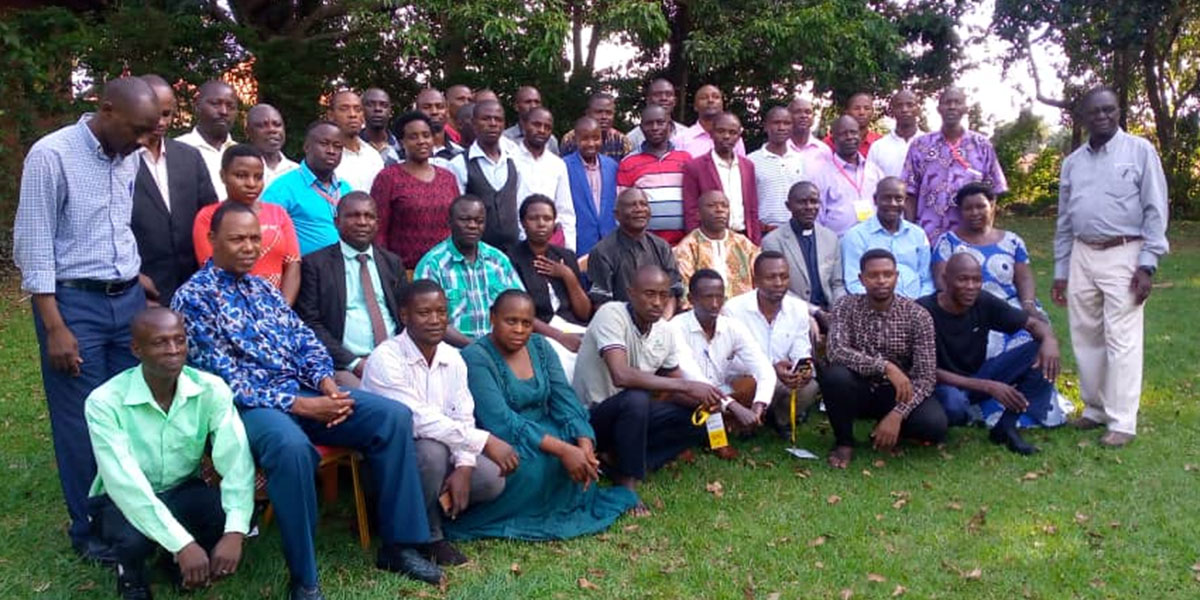Researching the institutional conditions and faith practices that affect interfaith cooperation in fields of life for example Research about spirituality, religion, secularize has evolved considerably over the years as new questions have surfaced about the ways in which these worldview identities are important aspects of diversity on campus and the role of interfaith engagement in promoting the democratic outcomes of higher education. This current era in the Uganda—a time when our political and worldview differences feel all the more pronounced—makes it challenging to call for unity when the idea of just getting along or cooperating can feel like pressure to relinquish deeply held commitments to social justice and equality.
The Interfaith Research and Resource Centre is intended to serve as a clearinghouse for empirical work examining how we can harness faith-based opportunities in communities to enhance relationship-building and cooperation for communities of very different religious, spiritual, and secular identities (RSSIs). Through the work showcased on this site, there is much to learn about building community across RSSIs by taking a close look at our religious’ experiences in the community, and it is our hope that these stories will give us some inspiration for creative action steps to move us forward on our network and a more pluralistic community.
We know that we will not be unified on all—or even most—major issues. And there are times when we should not cooperate for the sake of false unity because to do so would disavow the most basic social justice values that we—and many of our campuses—hold dear. In the end, authentic interfaith community is complex, messy, and sometimes tenuous, but it offers us an opportunity to be candid about the beliefs and values that set us apart and makes us unique as well as the chance to stretch ourselves to find common ground and connection—together. Organizational capacity enhancement – salaries, training’s etc.
The five steps are:
i) defining the goal of the capacity strengthening effort,
ii) describing the optimal capacity needed to achieve the goal,
iii) determining the existing capacity gaps compared to the optimum,
iv) devising an action plan to fill the gaps and associated indicators of change, and
v) adapting the plan

